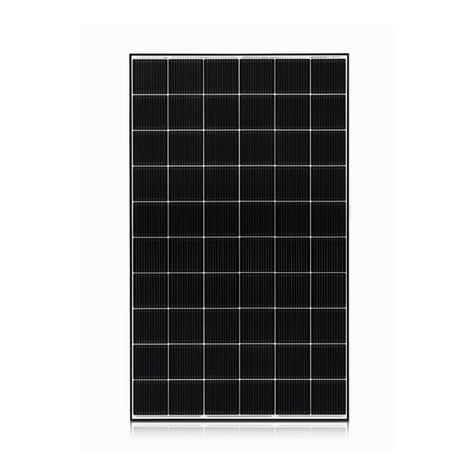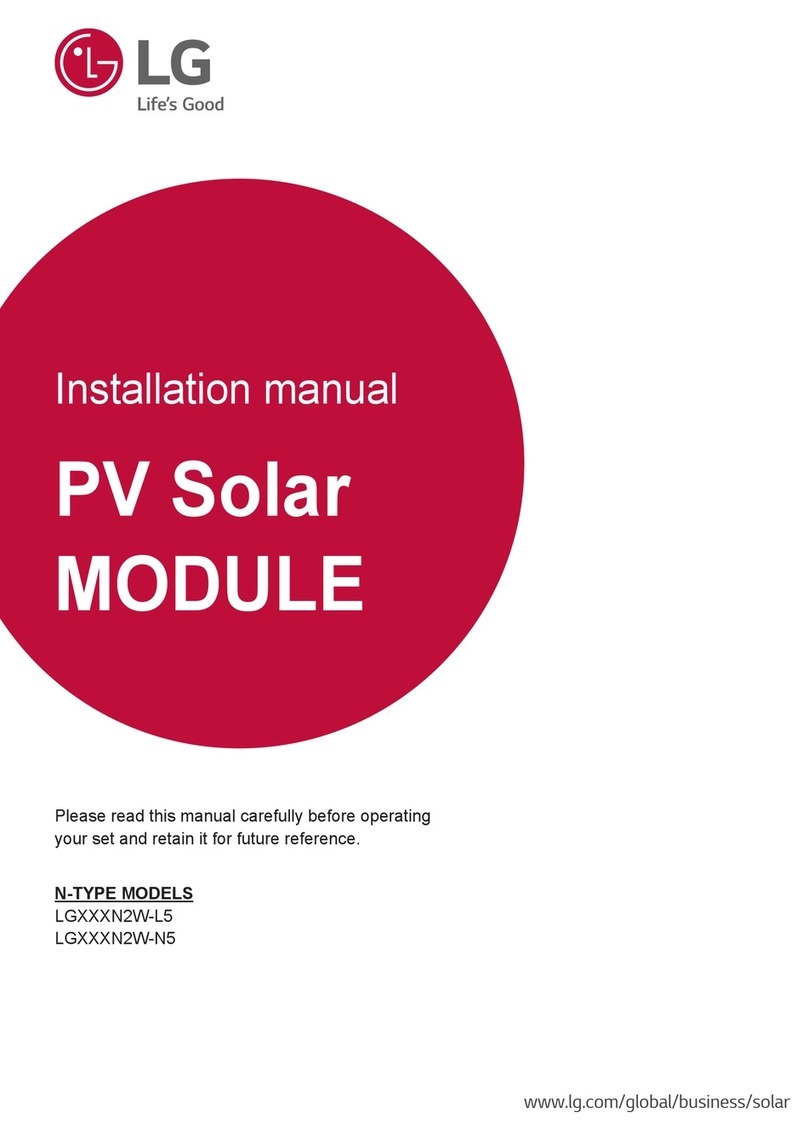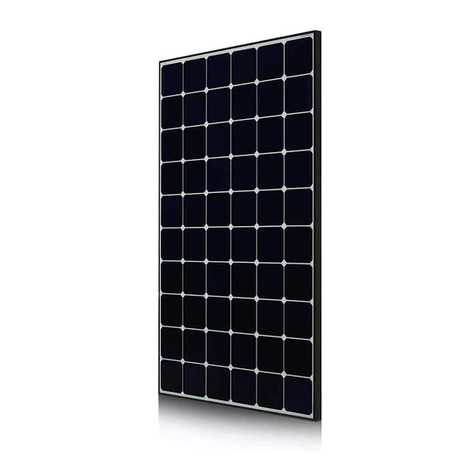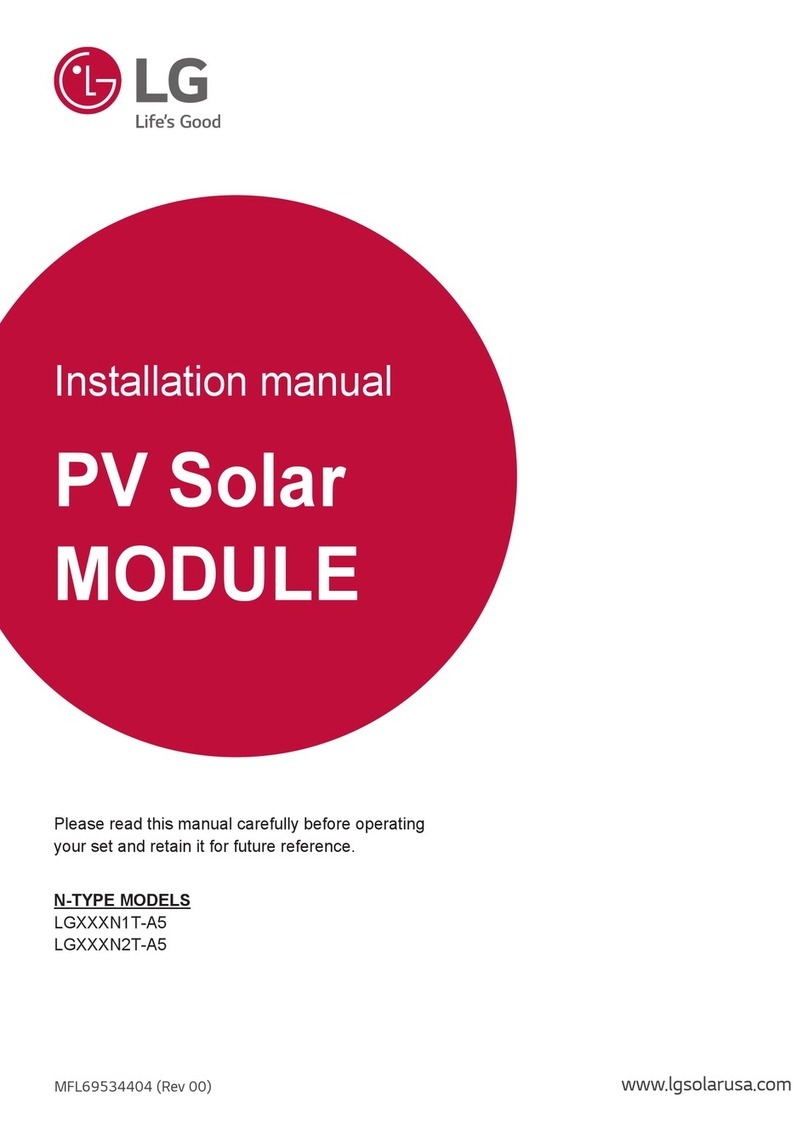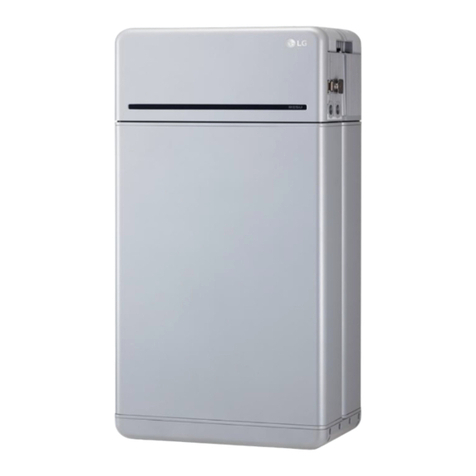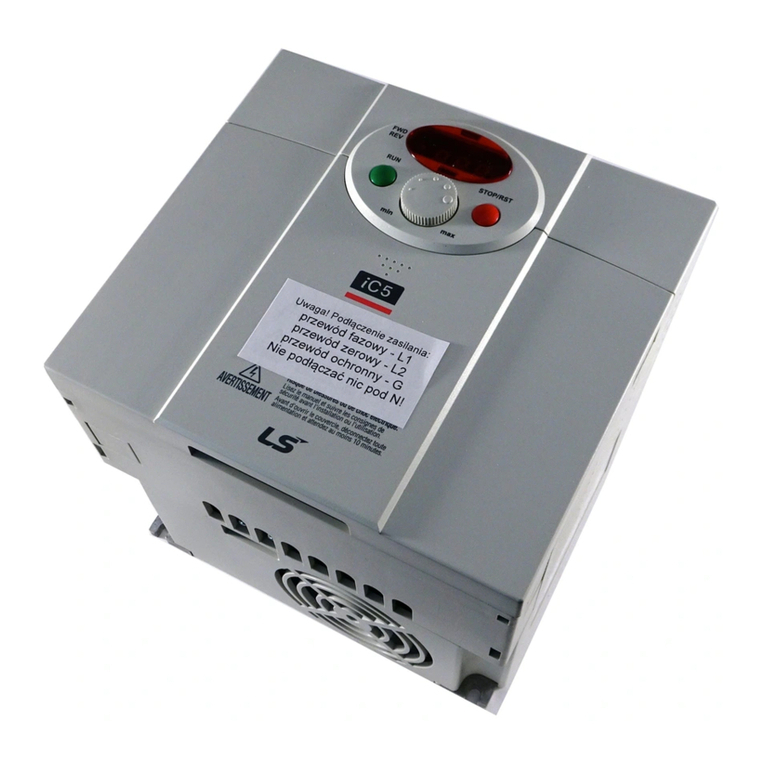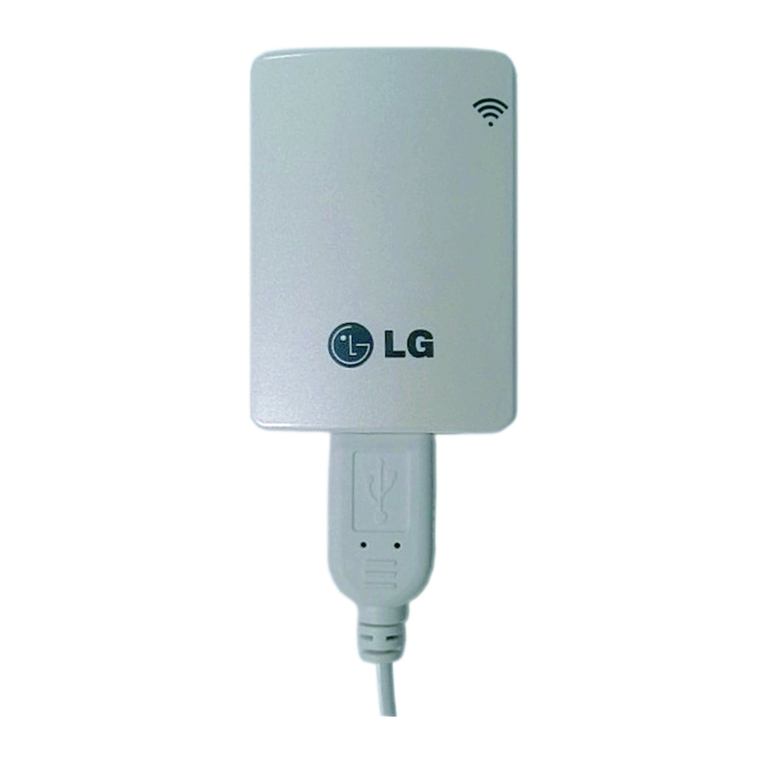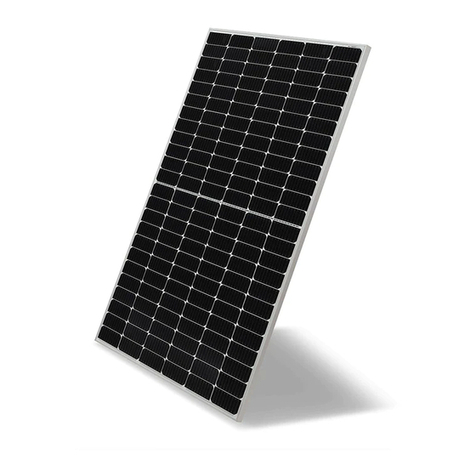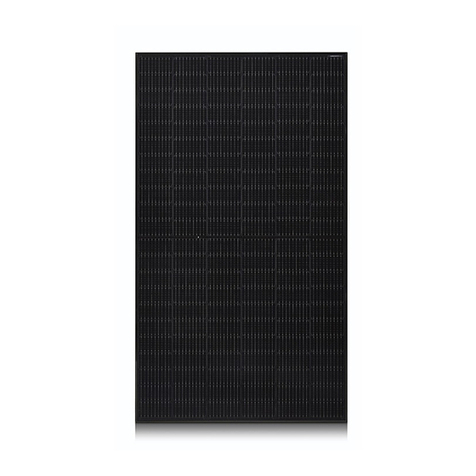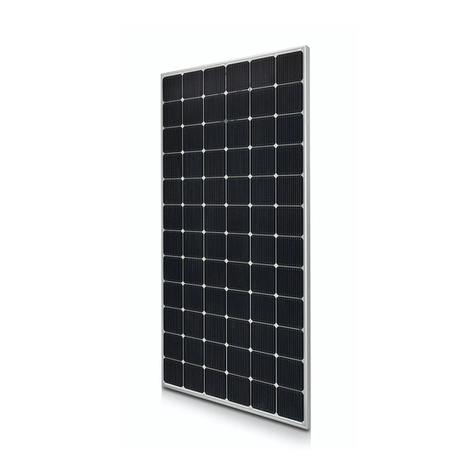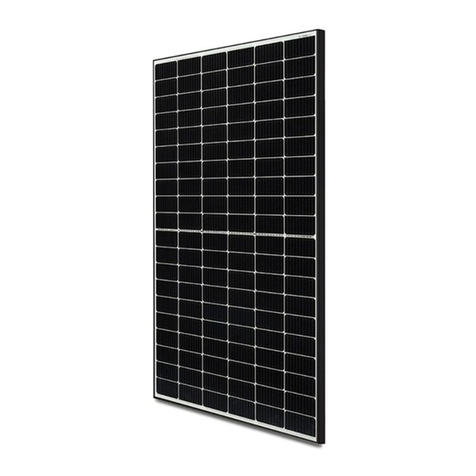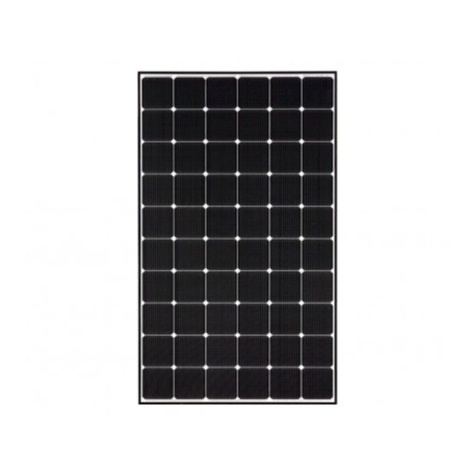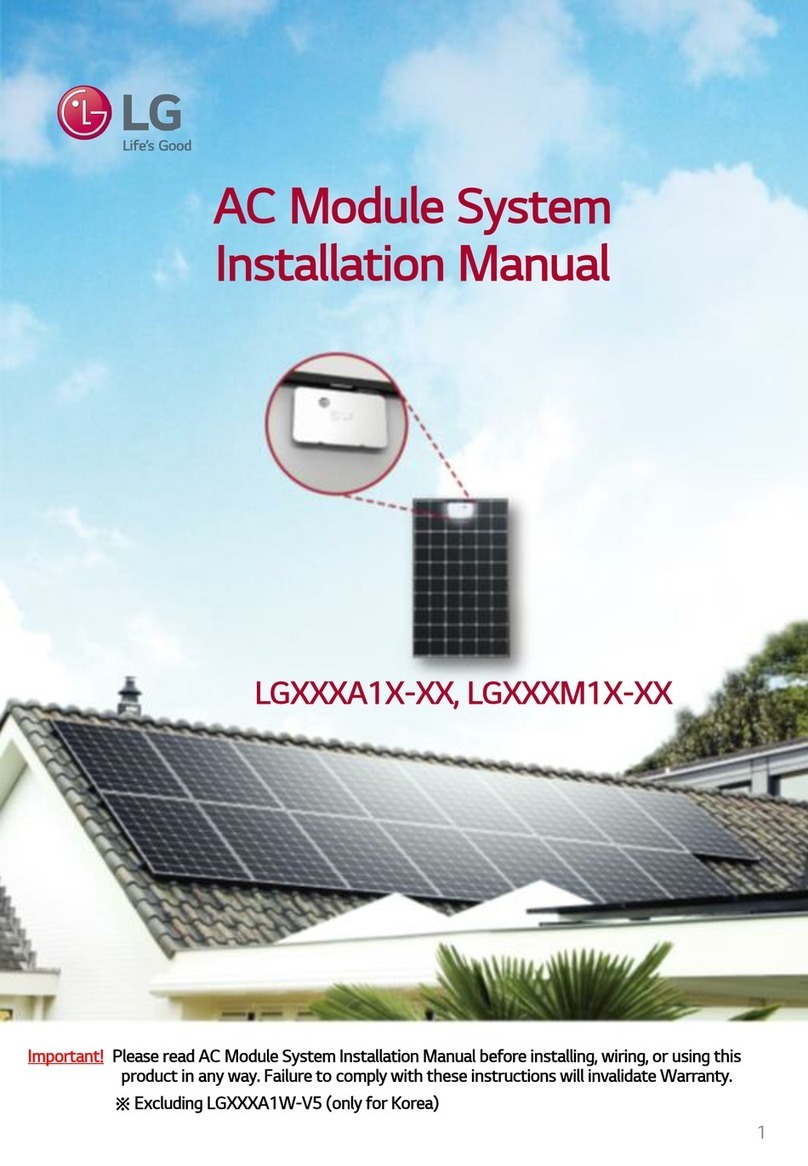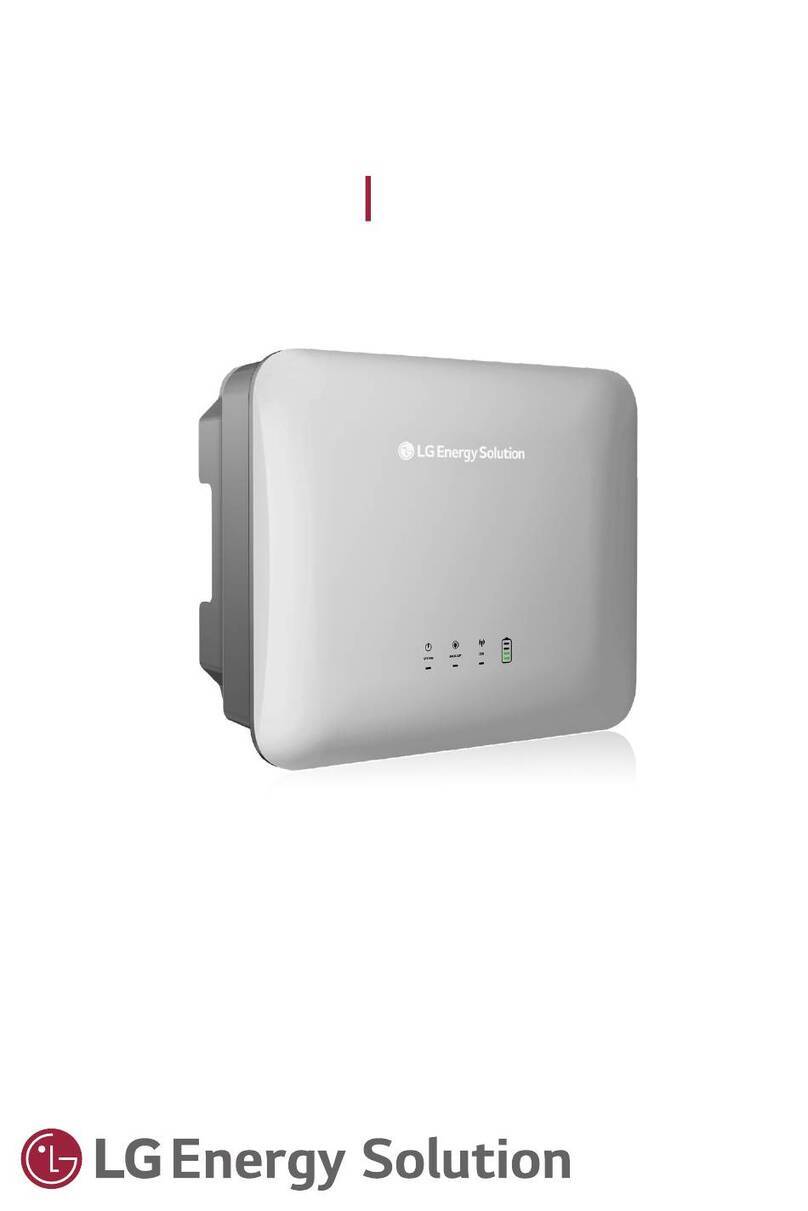
Before & After Installation
Before Installation
Please carefully read this manual before installation.
•Contact with electrically active parts of the panels,
such as terminals, may result in burns, sparks and lethal
shock whether the panel is connected or disconnected.
•Panels produce voltage even when not connected to
an electrical circuit or load.
•Solar module installation and maintenance must be
performed by qualified and authorized installer.
•All installation instructions should be read and
understood before performing any installation.
•Do not twist, pull, or scratch the cable attached to the
solar module.
•Do not touch the solar module with bare hands. Failure
to comply may result in a serious burn or injury.
•Do not drop the solar module or place weight on a
solar module.
•Do not disassemble the solar module.
•After installation or repair, check that the solar module
are operating properly.
•In the event a solar module or parts are being replaced
the newly replaced module and parts must have the
same model name and parts as the original solar
module.
•Secure all necessary permits and licenses prior to
installing the solar modules.
•Only qualified and authorized individuals are permitted
to treat electrical parts, when there is a breakage, failure
or damage of the product.
•Do not use or install broken modules; Failure to
comply may result in fire, electric shock, and injury.
•Do not install the module horizontally. Failure to
comply may result in excess dirt or white efflorescence
(glass disease).
•Panels are not intended for use indoors or on moving
vehicles of any kind.
•Reflection from external environments such as snow,
water or other surfaces may increase the power
generated by the panel.
•Industry standard rated specifications are made at
conditions of 1000W/m2irradiance and 25°C (77ºF)
solar cell temperature. Colder temperatures may
substantially increase voltage and power.
•Keep the solar module and system away from children
at all times.
•Keep the module packed in the carton until the time of
installation.
•Keep flammable gasses away from the installation site.
•Do not work alone. Work as part of a team of two or
more people.
•Safety harness use is strongly recommended for
installation.
•Partial shadowing may substantially reduce panel and
system output.
•Care must be taken to avoid low tilt angles which may
cause dirt to buildup on the glass against the frame
edge.
•Dirt build-up on the surface of the panel may cause
active solar cells to be shaded and electrical
performance to be impaired.
•Always keep the back surface of the panel free from
any foreign objects or structural elements which could
come into contact with the panel.
After Installation
•Plug in the connector tightly and ensure that the wiring
properly works.
•Conduct periodic inspection of the panels for damage
to front glass, back sheet, frame, junction box, or
external electrical connections.
•Check electrical connections for loose connections and
corrosion.
•Removal of dirt from the front glass can increase
output.
•Water, ethanol or a conventional glass cleanser with a
micro-fiber cloth can be used for regular washing or
rinsing of the front glass to remove dust, dirt or other
deposits.
•Aggressive and abrasive cleansers or chemicals such
as alkali chemicals including ammonia based solution
should not be used to clean the module.
•Always wear rubber gloves for electrical insulation
while maintaining, washing or cleaning panels.
•Deposits of foreign material on the frame surface can
be cleaned by using a wet sponge or cloth and dried in
air or by using a clean chamois.
•Perform the wiring work by connecting the connector
and wires to the stand away from the roof or ground.
3
